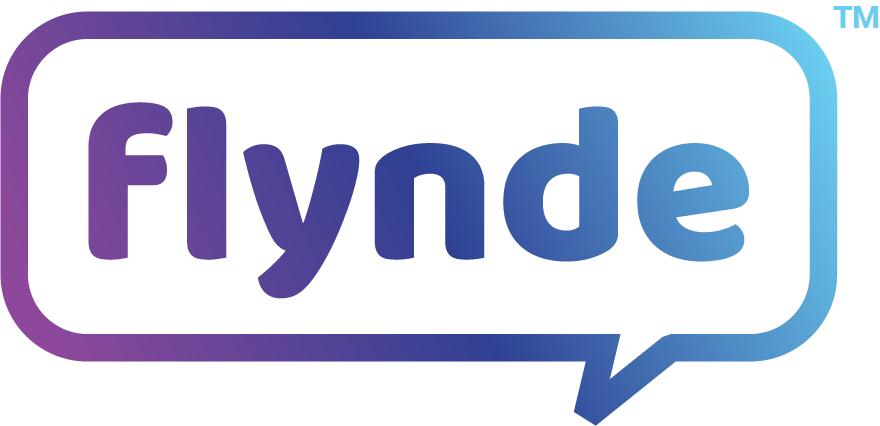The Many Faces of Translation
In the late 90s, HSBC didn’t just re-enter the Vietnamese market—they made a bold statement. With the tagline 'The World’s Local Bank,' reimagined in Vietnamese as 'Ngân hàng toàn cầu, am hiểu địa phương,' or 'The global bank that understands the local,' HSBC set the tone for what true localization means: bridging global influence and deep local understanding. At its core is the power of translation—transforming words into connections that drive business success across borders.
Translation typically refers to converting texts from one language to another. While this is a legitimate definition, there is much more to explore in this field. Indeed, in his influential 1959 essay On Linguistic Aspects of Translation, Russian-American linguist Roman Jakobson (1896-1982) divided this concept into three distinct categories:
Intralingual translation
Interlingual translation
Intersemiotic translation
(Roman Jakobson in Cambridge, Massachusetts
Source: OpenEdition)
Intralingual translation
Intralingual translation, or rewording, interprets verbal signs using other cues within the same language. In other words, the same message is articulated using new wording and expressions.
Intralingual translation pops up all the time in our daily lives. This practice is essential in the business world when working with complex and intricate documents. Contracts, regulations, terms and conditions usually involve complex concepts and professional terminology. When we present this information to a casual customer, we need to make it more understandable and relatable without oversimplifying or distorting the core message.
This also happens internally in a Flynde translator’s mind when they analyse the message of the original text to grasp all the messages before converting them into another language, the second type of translation in Jakobson’s taxonomy.
Interlingual translation
Interlingual translation is the interpretation of verbal signs using another language. This is the most common category among the three, prompting Jakobson to call it translation proper.
At Flynde, we help our customers localize their texts, whether a written document or an instructional video on their website. A vital part involves changing the content from one language to another. Flynde covers every market and language, including Braille.
Interestingly, Jakobson also pointed out a pitfall of interlingual translation. There is no exact synonym for a word in another language. He famously noted that cheese is not entirely equivalent to a Russian сыр (pronounced syr) as the latter excludes cottage cheese. To avoid or minimize the impact of these lexical minefields, Flynde always prioritizes human translation. We consult linguists who are native speakers and writers whose linguistic and cultural expertise are invaluable.
Intersemiotic translation
Intersemiotic translation, or transmutation, is the interpretation of verbal signs using signs of nonverbal sign systems. In simpler terms, it refers to re-expressing text conveyed through other non-linguistic media such as painting, music, images, or movies. This typology was further expanded by Gideon Toury (1942 – 2016), a pioneer in translation studies. For him, intersemiotic translation could also mean you make a movie based on a painting, a ballet inspired by some swimming swans, or a concerto vibing the autumn feels.
From print ads to website content, the range of intersemiotic translation at Flynde is limitless. With various services available, Flynde brings the very best messages from our customers, both textually and visually
(Localization is not simply switching words and fixing grammar)
To excel at localization, Flynde understands that translation is more than just changing languages. We aim to deliver our customers' messages through texts, images, or videos in the most accurate, consistent, and appealing way. We ensure every advertisement is unique and truthful to the brand’s spirit.
About the Author
Bert Nguyen is a Copywriter with Flynde, a global company specializing in translation solutions for businesses of all sizes.
Discover the best-in-class translation solutions for your business. Trusted & certified for all languages with locations in Australia, Singapore, Switzerland & the USA. Flynde takes human translation strategies and uses advanced technologies to deliver them to our customers across our three business lines: Flynde for startups, Flynde for small businesses, and Flynde for corporations.
For more information, contact us at hello@flynde.com



